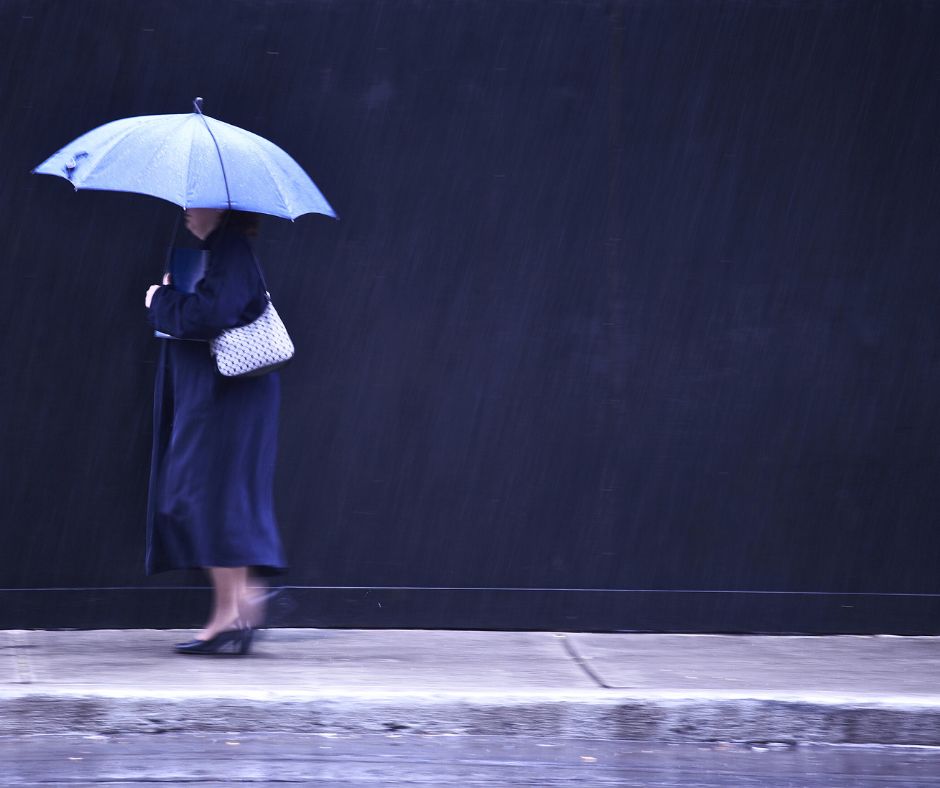While many University students are focused on the possible implementation of a $60 student fee for the construction of the Stroh Center, University project manager Michael Schuessler is focused on making sure the Stroh Center will be energy efficient. ‘We need to save money and have it be energy efficient at the same time,’ Schuessler said. ‘The budget has been the real driver.’ The Stroh Center design team is the architectural firm Rossetti Associates Inc. and the engineering firm URS Group, Inc. The design team has considered ways to integrate green initiatives into the design of the Stroh Center to ensure its economic sustainability. ‘ Steve Krakoff, associate vice president for capital planning and design, said the Stroh Center will be Leadership in Energy and Environmental Design (LEED) certified. According to the U.S. Green Building Council (USGBC) Web site, a LEED certification is provided for design, construction and operation of high performance green buildings. The USGBC is a non-profit organization aimed at furthering the building of green buildings through the LEED certification process. ‘Our hope is to at least get the first rating of LEED certification,’ Krakoff said. ‘A more energy efficient building makes us a lower cost institution.’ LEED certification comes in four different ratings, from lowest to highest: certified, silver, gold and platinum. The ratings are based on a point system with the maximum being 69 points. Points are counted from six sustainable categories: sustainable sites, water efficiency, innovation and design, materials and resources, indoor environmental quality and energy and atmosphere. The Stroh Center and the Wolfe Center, which is set to get LEED certified as well, will be the first LEED certified buildings on campus. If everything goes as planned through construction, the University will join the list of other Ohio schools who already have LEED certified buildings. According to the USGBC Web site, the University of Toledo and University of Cincinnati have multiple LEED buildings with a certified ranking. Wright State University has a LEED building with a gold ranking. ‘The LEED certification will save money on utilities and energy usage in the long run,’ Nick Hennessy, sustainability coordinator, said. Some of the practices the design team is doing that will ensure the economic sustainability of the building and save money for the University is through the use of materials produced regionally, managing light pollution and recycling waste materials. By using materials produced regionally, more money would stay in and support the region’s economy. The team is managing light pollution through the process of ‘lighting retrofit,’ which makes lights turn off automatically when no one’s in the room, Krakoff said. Recycling earns big points in the LEED certification points, both for recycling materials on the construction site and separation of the materials for recycling after construction. The process of getting LEED certified can be expensive. ‘ To register, it costs $450 for USGBC members and $600 for non-members. According to the USGBC Web site, for a building site over 50,000 square feet, it costs $.035/square foot for members and $.045/square foot for non-members for a building to be reviewed. The Stroh Center will be 133,000 square feet. Through the application process, including commissioning, energy modeling and administrative costs, it will be around $305,000 to get the Stroh Center LEED certified, Krakoff said. At the Town Hall Forum sponsored by Coalition for USG Reform last night, Senior Director of Communications Dave Kielmeyer told attendees the decision to get the Stroh Center LEED certified will not be included in the student fee, if implemented. ‘The architects are working hard already on making sure the Stroh Center is LEED certified,’ Kielmeyer said. ‘It was something included in the budget.’


Follow us on social
- Children of Eden written by Joey GraceffaBy: Destiny Breniser This book was published in 2016 with its genre being Young Adult, Dystopian, and Apocalyptic. This story is about Rowan, who is a second-born child living in a city where her entire existence is illegal. She longs for the day when she can leave her family’s house and live without fear. She […]
- An Unwanted Guest written by Shari LapenaBy: Destiny Breniser A classic whodunnit that keeps you guessing till the very end. With twelve characters to read varying points of view from, there is always something happening to leave you wondering what is going on. This book was published in 2018 with its genre being a mystery thriller. The story starts with Reily […]

July 25, 2024

July 24, 2024

July 23, 2024
Stroh Center to be constructed as green-friendly building
March 27, 2009
Leave a Comment
Donate to BG Falcon Media
$1410
$1500
Contributed
Our Goal
Your donation will support the student journalists of Bowling Green State University. Your contribution will allow us to purchase equipment and cover our annual website hosting costs.
More to Discover

















